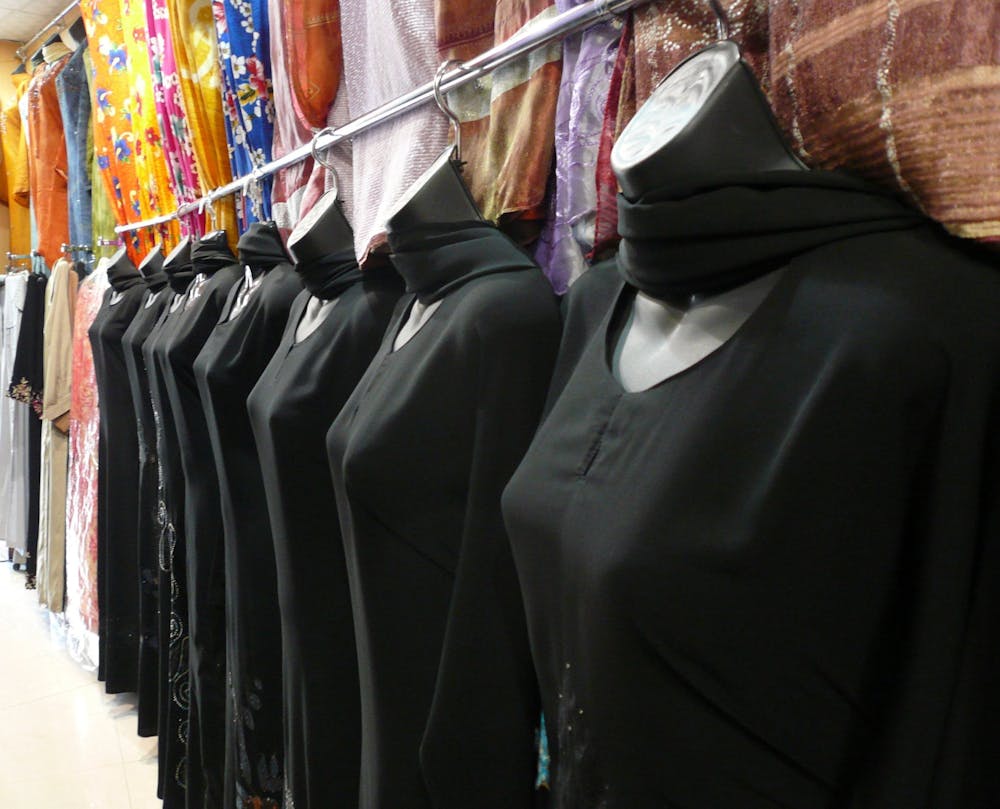By Aliyah Siddiqui
Nation and World Editor
France recently declared a ban on long robes in state schools. While this announcement may seem inconspicuous, the ban is a continuation of France curtailing Muslim women’s rights while secularizing the country.
Gabriel Attal, France’s education minister, specifically stated that abayas, long, loose dresses often worn by Muslim women, and kameez, the male equivalent, were no longer allowed in schools, according to AP. According to Attal, these pieces of clothing are in violation of France’s 2004 ban against religious symbols in public schools.
"Our schools are continually put under test, and over the past months, breaches to laicite [secularism] have increased considerably, in particular with (pupils) wearing religious attire like abayas and kameez," Attal said.
While the 2004 ban included all religious symbols, including Jewish kippahs, Christian crosses, Muslim headscarves or Sikh turbans, France has been increasingly targeting Muslim women’s clothing such as through the niqab (full-face veil) ban in 2018 or burkini ban in 2022.
The history of France’s secularism goes back to the 19th century when the French government was trying to separate itself from the Catholic church; the struggle eventually led to the idea of laicite. Through laicite, France contested that it would be free from religious influence. This concept has since been weaponized, however, to target religious minorities, specifically Muslims.
Since the influx of North African immigrants post decolonization in the 1960s, France saw an increase in French-born Muslims, starting conversations among French politicians on whether headscarves should be allowed in public schools. More recently, however, due to terrorist attacks by extremists, France has increased their limitations on Muslims expressing their religion, trying to use terrorism to excuse their Islamophobia.
Regardless of the intentions behind restricting religious expression, which is a human rights violation, it is unacceptable for France to target Muslims, specifically Muslim women. There are numerous consequences these bans have: for example, a Stanford study found that after the 2004 hijab ban, school-aged Muslim girls reported experiencing more discrimination in schools and took longer to complete secondary education as compared to non-Muslims. This abaya ban will further stigmatize Muslim girls, going against Attal’s claim that “purpose of schools is to welcome all students, with the same rights and duties, without discrimination or stigmatization.”
In addition to these consequences, the actual basis of this law is incredibly shaky. For one, the abaya is not even a religious article of clothing - it’s cultural. The fact that France still chooses to restrict it demonstrates how little the French government knows about Islam and just wants to persecute Muslims based on stereotypes.
The French ban also does not clearly define what an abaya is considered to be. In Lyon, France, a girl was sent home for wearing a kimono, a traditional Japanese garment. Without clear guidelines of what constitutes an abaya according to the ban, it is only a matter of time before dresses or long skirts could also be prohibited in schools, limiting a woman’s right to choose to dress as she pleases.
For a country that was quick to condemn the actions of morality police in Iran, France’s legislation is emblematic of a similar trend: men acting as if they have the right and authority to dictate what a woman, especially a Muslim woman, wears. At the end of the day, French politicians will have to ask themselves, do they really care about women’s rights or are they just keen on censuring Muslims whenever they have the chance?







